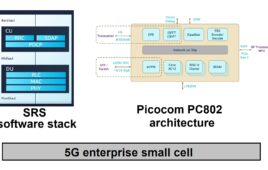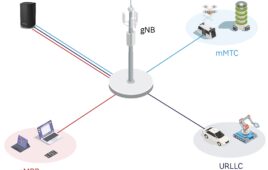Huawei achieved speeds of more than 6 Gbps in single-user downlink throughput in its recently completed test of second-phase 5G radio technology.
According to the company, the test utilized 5G New Radio alongside massive MIMO and other technologies over a 200 MHz bandwidth on China’s C-Band airwaves to hit the 6 Gbps mark. Peak speeds topped 18 Gbps, the company said.
Huawei said the tests marked the early completion of large-scale service verifications that were part of the second phase of China’s 5G R&D initiative.
“The second-phase 5G R&D system verification was launched in September 2016 to promote global 5G standardization, accelerate 5G prototype development, and build the 5G industry chain. This test used a set of unified equipment and test specifications for 5G-oriented typical scenarios,” Wang Zhiqin, deputy director of the IMT-2020 (5G) Promotion Group and the China Academy of Information and Communications Technology (CAICT), commented. “Thanks to proactive support from global operation, system, chipset, and instrument companies, we have reached preset goals and accelerated the formation of an industry ecosystem.”
The trial reportedly used the first Huawei 5G terminal to verify the radio technology. Huawei said the terminal facilitated streaming of more than 100 channels of on-demand 4K UHD video in a single 5G base station, demonstrating “clarity and smooth playback in vehicle-mounted mobile scenarios.” Huawei also claimed it was the first company to complete 5G network slicing tests to deliver a range of services with air interference latency of less than 0.5 ms over 4 million single-cell connections. The company said those figures surpass requirements set by the International Telecommunication Union.
Additionally, the company said it was able to test interoperability across vendors, including instrument vendors like Rohde & Schwarz, Keysight Technologies, and DT Link Tester and chipset vendors such as Spreadtrum Communications and MediaTek, as well as other companies.



